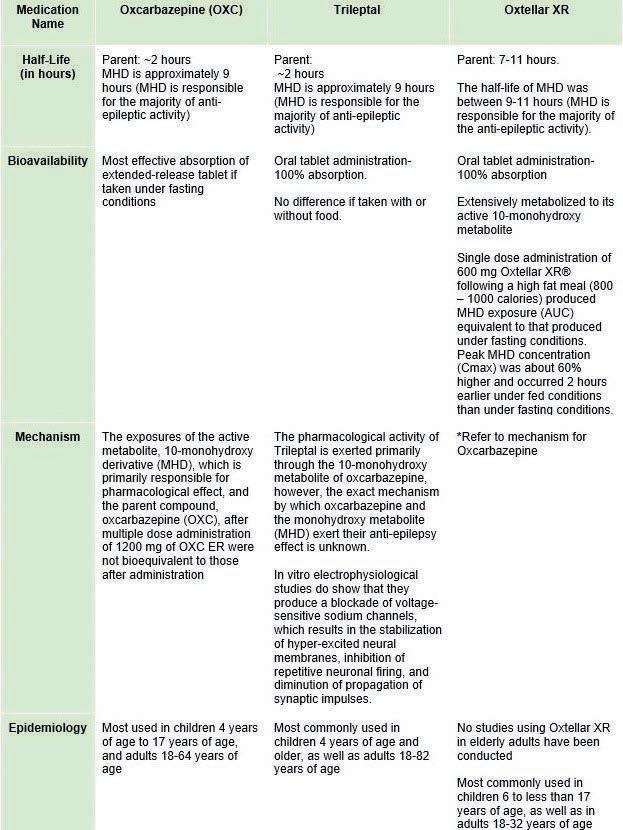Scholarly Research In Progress • Vol. 5, November 2021
Why is There a Ten-Fold Variation between States in Clozapine Usage among Medicaid Enrollees in the United States? Rizelyn A. Benito1*‡, Michael H. Gatusky1†‡, Mariah W. Panoussi1*‡, Anisa S. Suparmanian2, and Brian J. Piper1 ¹Geisinger Commonwealth School of Medicine, Scranton, PA 18509 ²The Wright Center for Graduate Medical Education, Scranton, PA 18505 *Master of Biomedical Sciences Program † Doctor of Medicine Program ‡ Authors contributed equally Correspondence: mpanoussi@som.geisinger.edu
Abstract Background: Clozapine was the first atypical antipsychotic for treating schizophrenia, with a long history of controversy over its usage. Guidelines currently recommend clozapine for patients diagnosed with refractory schizophrenia. However, prescribers are underutilizing clozapine because of the costs associated with close monitoring of its adverse effects, particularly agranulocytosis. This is unfortunate because clozapine has demonstrated greater effectiveness compared with other antipsychotics. It is essential to examine clozapine usage to determine if it is being adequately utilized in the treatment of schizophrenia in the United States. Methods: Medicaid data, including the number of quarterly clozapine prescriptions and the number of Medicaid enrollees in each state from 2015 to 2019, was collected and used to evaluate clozapine use over time. Data analysis and figures were prepared with Excel. Results: The number of prescriptions, corrected for the number of enrollees in Medicaid, was generally consistent over time. However, average prescriptions per quarter were markedly lower in 2017 compared with other years, decreasing by 44.4% from 2016 average prescriptions per quarter. From 2015 to 2019, states from the upper Midwest and Northeast regions of the country had the highest average clozapine prescriptions per 10,000 Medicaid enrollees (ND: 190.0, SD: 176.6, CT: 166.2). States from the Southeast and Southwest had much lower average rates (NV: 17.9, KY: 19.3, MS: 19.7). Overall, there was a 10-fold difference in clozapine prescriptions between states from 2015-2019 (2015 = 19.9-fold, 2016=11.4 fold, 2017=11.6 fold, 2018=13.3 fold, and 2019=13.0 fold). There was a moderate correlation of (r(48)=0.50, p < 0.05) between prescriptions per 10,000 enrollees and the Medicaid spending per enrollee in each state in 2019. Conclusion: Clozapine is an important pharmacotherapy for refractory schizophrenia. Overall, clozapine use tends to be highest among the upper Midwest and Northeast states. Further research is ongoing to better understand the origins of the 10-fold regional disparities in clozapine use.
Introduction Clozapine is a second-generation antipsychotic (SGA) and is also generally known as an atypical antipsychotic (1). Current clinical guidelines state that clozapine is an effective treatment for those with treatment-resistant schizophrenia (TRS) (2). Presently, the clinical and research criteria are failure of two trials of non-clozapine antipsychotics of standard dose and
duration (3). However, current evidence demonstrates a lack of clozapine utilization by providers (4). Clozapine has been known to cause numerous side effects that range from hyperglycemia and weight gain to more serious reactions such as seizures and myocarditis (1). One particular adverse effect correlates with drug induced agranulocytosis in patients which leads to increased susceptibility and death from infectious diseases (5). Another factor that further complicates this controversy over clozapine is the high cost associated with close monitoring for agranulocytosis (2). To put this into perspective, the financial burden schizophrenia imposes annually on patients is around $23 billion, while patients diagnosed with TRS cost $34 billion annually (6). Direct healthcare costs in the United States (U.S.) are estimated to be 3- to 11-fold higher for TRS patients, which includes multiple hospitalizations (3). Nevertheless, recent research has revealed clozapine along with other SGAs as more cost effective (7). Besides adverse effects, other impediments influencing clozapine underutilization include complications when administration and registry changed from individual pharmaceutical companies to a single clozapine program (8). The new single registry has new requirements and procedures that have hindered patient initiation on clozapine (8). For example, it has interfered with provider collaborations specifically when transitioning a patient’s care (8). Another aspect is inadequate centralized resources to benefit patients and their families with services such as patient education and adherence monitoring (8). Additionally, failure to account for benign ethnic neutropenia when considering clozapine for African American patients as well as the scarcity of adequate psychiatric services in correctional facilities are obstacles leading to clozapine underutilization (8). There's also the interference of physicians' knowledge, perspectives, and attitudes affecting clozapine usage in various countries (9–10). Recent surveys have shown that 40.5% and 64% of physicians prefer other antipsychotics or combine two antipsychotics before considering clozapine (9, 11). One research survey discovered that 66% of psychiatrists stated that their patients were less satisfied when treated with clozapine compared to those treated with other atypical antipsychotics (11). Specifically in the U.S., researchers had 295 providers complete a questionnaire where 33% of providers reported prescribing clozapine after three or more unsuccessful antipsychotics have been tried (12). There was also unanimous physician reluctance with prescribing clozapine because of inadequate knowledge or experience with clozapine and concerns of patient compliance (8–10, 12). 183












































